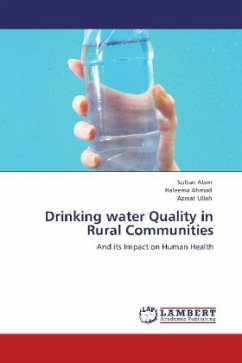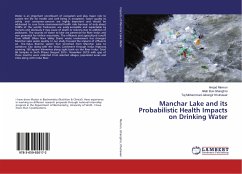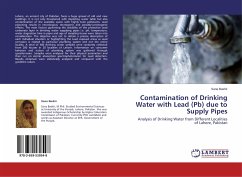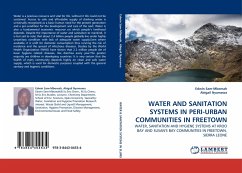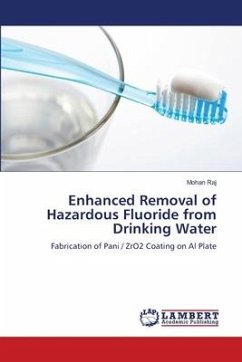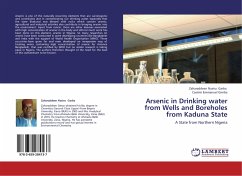Swat District (Pakistan) is geographically lies from 340-34` to 350-55` North latitudes and 720-08` to 720-50` East longitudes with an area of 5337 km2. The hydrology of the District is covered by river Swat and its tributeries. River Swat rises from permanent sub rivers and nalas of Ushu khowar, Gabral or utror khowar, Harnoi khwar, Mankial khowar, Daral khowar, Madayan subrivers, Miandam khowar,Shin khowar,matta subrivers and Manglawar khowar. River Swat plays a key role in the irrigated system and drinking purposes of the area. The main sources of irrigation are water canals supplied from Swat River and its tributaries. These water canals are community or jointly owned. The Govt. has belt two irrigation water canals, Nekpikhel and Faithpur irrigation canals. These water canals irrigate hectors of the rainfed areas located at the foothills of the Hindu Raj Mountains.
Bitte wählen Sie Ihr Anliegen aus.
Rechnungen
Retourenschein anfordern
Bestellstatus
Storno

